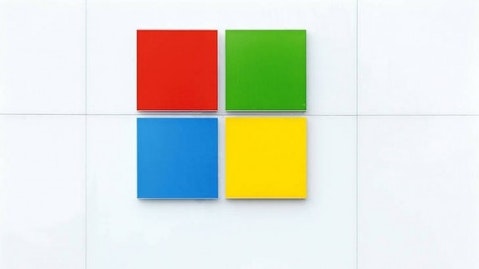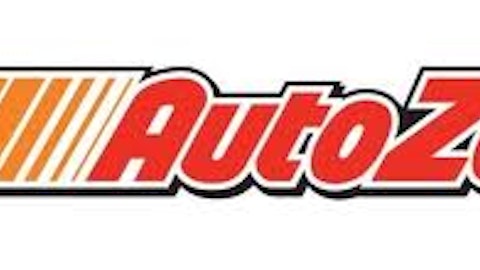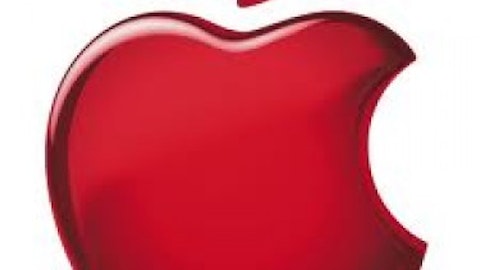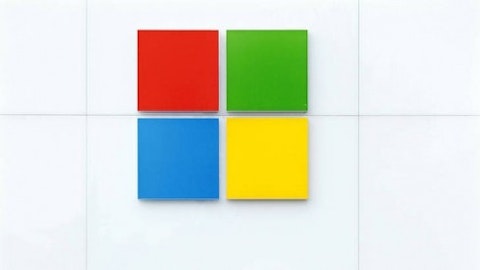When Microsoft Corporation (NASDAQ:MSFT) launched Windows 8 last year the operating system came in two “flavors”: Windows 8 and Windows RT. While Windows 8 is a full-featured operating system consisting of not only the new tile-based home screen and apps, but also the legacy desktop Windows RT features only the tile-based interface. Windows 8 runs on x86-based processors, the kind found in PCs and servers, while Windows RT runs on ARM-based processors, the kind found in most mobile devices.
There was a high level of confusion when Windows 8 launched. Both Windows 8 and Windows RT look the same, but only Windows 8 can run PC applications. Not only that, the name Windows RT does a terrible job of describing what that version of the OS does. Any other name, such as Windows lite or Windows ARM, would have made the situation far less confusing.
Sales of Windows RT tablets were poor to say the least, leaving many OEMs questioning whether or not the platform is viable. Tablets based on the full-featured Windows 8 performed much better in the market. Nokia Corporation (ADR) (NYSE:NOK), the phone maker responsible for the Lumia line of Windows Phones, was planning to design a Windows RT tablet but recently scrapped those plans in favor of a full-featured Windows 8 tablet instead. If there is any sign that Windows RT is dead, this is it.
What this means for Microsoft
Microsoft Corporation (NASDAQ:MSFT) made a mistake by creating Windows RT along with Windows 8. The rationale is understandable: since basically all tablets run on ARM-based processors it made sense to have a version of Windows that is compatible. But the problem is that any application designed for the Windows 8 desktop, and all legacy Windows applications, do not work on Windows RT. The real benefit of Windows 8 over Android and iOS is that it can run full-fledged legacy applications. Attach a keyboard and a Windows 8 tablet is a PC. Without this, Windows RT offers no benefit at all.
I suspect that Windows RT will be slowly phased out, as most Windows tablets going forward will likely feature Windows 8 instead. Microsoft Corporation (NASDAQ:MSFT) has a tendency to make a lot of mistakes which it later corrects, and Windows RT appears to be one of them. With the release of Windows 8.1 later this year, an update which fixes many criticisms about the OS, Microsoft Corporation (NASDAQ:MSFT) will be in a position to capture a significant part of the tablet market.
Earlier this year Samsung announced that it wouldn’t be making Windows RT tablets due to questionable demand. Nokia Corporation (ADR) (NYSE:NOK) joining that club likely spells the end of Windows RT. With Intel Corporation (NASDAQ:INTC) set to launch x86 processors which promise higher energy efficiency and lower cost, the purpose of Windows RT becomes clouded. If a consumer can buy a full-featured Windows 8 tablet for $300, what place does Windows RT have in the market?
What this means for Nokia
Nokia has seen success with its Lumia line of Windows Phones, and it’s only natural to expect a Windows tablet from the company sooner than later. If Nokia Corporation (ADR) (NYSE:NOK) had launched a Windows RT tablet it would have almost certainly done poorly.






